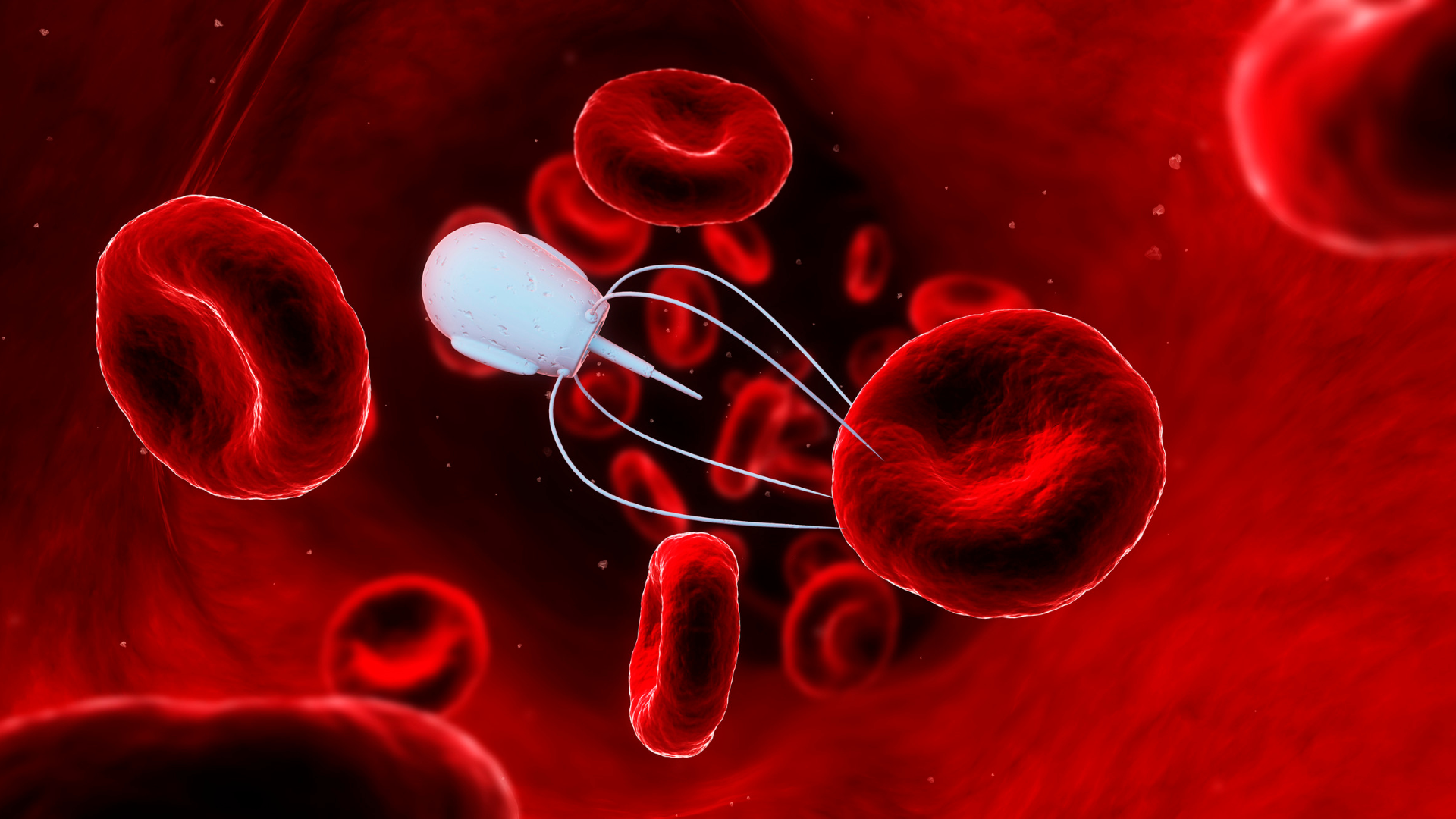Collaborative Drug Design Strategies for Broadening Approaches to Formulation and Delivery

Collaborative drug design and research to facilitate the cross-fertilisation and refinement of ideas may help to streamline the early stages of drug development.
By taking an interdisciplinary approach to drug development, new drugs and therapeutic targets can be discovered.
As one example of this, there is significant potential for drug discovery approaches from the complementary use of phenotypic and target-based screening platforms
Following a ‘golden age’ of drug discovery in the post-war period, the number of new drug molecules arriving through conventional drug development pipelines has diminished from the 1980s onwards.
Several strategies for enhancing efficiency in the drug discovery and development process have been proposed, adopted, and exploited to varying degrees of success.
These include interdisciplinary imaging, the dual application of genomics and proteomics in target identification, and pre-collaborative initiatives.
Interdisciplinary Applications of Imaging Approaches
As a screening approach for clinical trials, genomics may be employed in the recruitment of study participants, with the selection favouring subjects more likely to benefit from the intervention being trialled.
This approach can also be used as a predictive tool to forecast potential toxicities from a specific molecule.
As a subset of genomics, proteomics has been widely explored as an avenue for collaborative drug design and development.
The approach enables the identification, characterisation, and quantification of cellular proteins.
Applied together, genomics and proteomics have uncovered a wide array of potential drug targets and are facilitative of enhanced target identification and validation.
Two distinct screening approaches are routinely applied in efficacy studies: phenotypic (whole-cell) screening, and target-based (biochemical) screening.
Phenotypic drug screening is information-rich, with the therapeutic relevance of the drug established much earlier in the discovery process.
From PvP to PvE: Collaborative Drug Design Strategies in Pharma
By nature, the pharmaceutical industry is highly competitive: each company aspires to launch a new blockbuster molecule through its own research platform.
Early market entrants reap more than those who launch follower molecules, with pioneer companies able to establish strong brand recognition — in addition to patient and physician loyalty — before competitors enter the market.
At any given time, multiple pharmaceutical companies may be working independently to discover and develop molecules addressing similar or very closely related drug targets.
These duplicated efforts collectively use resources which could be better invested in other disease areas with unmet medical needs.
A number of collaborative drug design arrangements have been proposed for the greater overall success and utility of research and development.
These include pre-competitive research initiatives, collaborations between pharma and academia, and public-private partnership models.
One example of a precompetitive collaboration is the Biomarkers Consortium, which brings together various partners to develop and qualify potential biomarkers with the aim of improving drug development and regulatory standards.
By facilitating the cross-fertilisation of scientific research and approaches, there is greater potential for enhanced drug development to address unmet needs for issues such as rare diseases and diabetes.
Get your weekly dose of industry news and announcements here, or head over to our Formulation portal to catch up with the latest advances in manufacture and therapeutic delivery.







